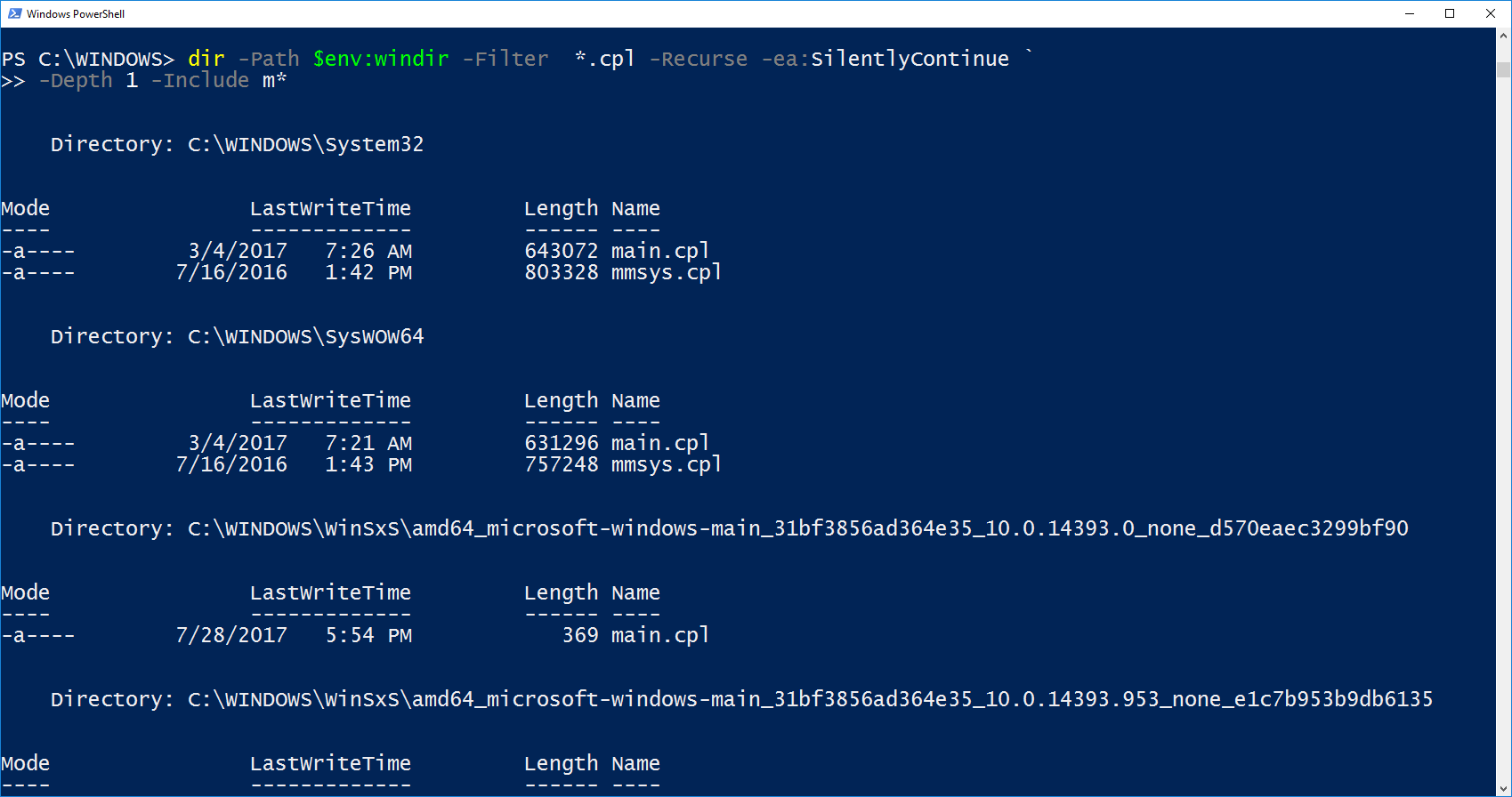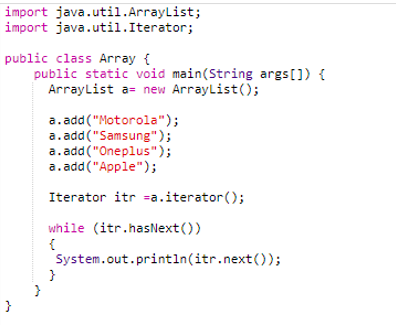

Note that using a cast to create the array - $intArray = ] (1, 2) - would have worked too, but only the type-constrained variable ensures that you cannot later assign a value of a different type to the variable (e.g., $intArray = 'one', 'two' would fail). $intArray = 'one' # BREAKS: 'one' can't be converted to an NET type system, you can avoid the drawbacks if you create an array that is restricted to the specific type of interest, using a cast or type-constrained variable: ] $intArray = 1, 2 # A type-constrained array of variable.

] arrays are inefficient for value types such as, because boxing and unboxing must be performed - though that may often not matter in the real world. $intArray = 'one' # !! Works, because a ] array can hold any type. They provide no type safety: if you want to ensure that all elements are of a specific type (or should be converted to it, if possible), a default array won't do e.g.: $intArray = 1, 2 # An array of values.

PowerShell's default arrays are convenient, but have drawbacks: You always get a System.Object array - even if all the elements happen to have the same type, as in your example. arr.Ĭreate an array by using the array construction operator, ,įorce command output into an array by using the array subexpression operator, to a variable the output from a command that emits a collection of objects with 2 or more elements, irrespective of the specific type of the original collection, or operate on it in the context of another command by enclosing it in (.) $arr = 'hi', 42, (Get-Date), $null # is not needed `, ` for a 1-elem. NET type hierarchy from which all other types derive.įor instance, the following creates an ] array whose elements are of type, ,, and $null, respectively. To enable this, the array must be (implicitly) typed as ] ( ]), because System.Object is the single root of the entire.

(Reference one and two)Īfter I posted the v1.0 release on Reddit, /u/litemage pointed out that it’s really easy to use a collection that isn’t type-safe. (Need a GitHub refresher? Shameless plug for my 101 series) v1.1.0 Have a good idea? ArrayList is on GitHub, and I’d love to hear from you! I wanted to keep it (very) simple to start, and I’m not sure how much interest this module will draw. “Abstraction! Abstraction! Abstraction! Abstraction!” With implicit module loading, once it’s installed, it’s easier to remember New-ArrayList, Add-ArrayObject, and Remove-ArrayObject than the. 10 | ForEach-Object | Remove-ArrayObject $DirList # And view again $DirList


 0 kommentar(er)
0 kommentar(er)
